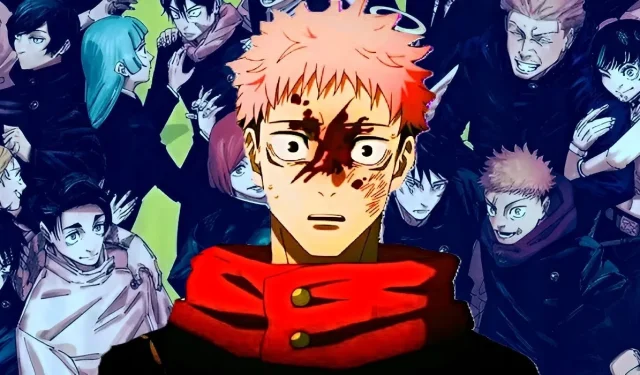
Jujutsu Kaisen recently wrapped up its manga series amid a wave of criticism, largely due to the absence of fan-favorite characters like Satoru Gojo and the noticeable tonal shift in the final chapters. Many readers expressed dissatisfaction with the perceived lack of involvement from key characters, leading to a fractured fanbase. There was confusion over whether the conclusion aligned with creator Gege Akutami’s original vision. However, the release of volumes #29 and #30 clarified that while the ending felt hasty, it was not necessarily poor.
One of the main sources of criticism aimed at Akutami focused on the perceived decline in art quality. Nonetheless, the newly unveiled epilogue and revisions in the concluding volumes indicate that Jujutsu Kaisen could have achieved a more polished ending if the creator had been afforded additional time.
The Improved Art in Jujutsu Kaisen’s New Volumes Confirms the Series’ Production Issues
How Gege Akutami’s Health Affected Jujutsu Kaisen’s Art Quality
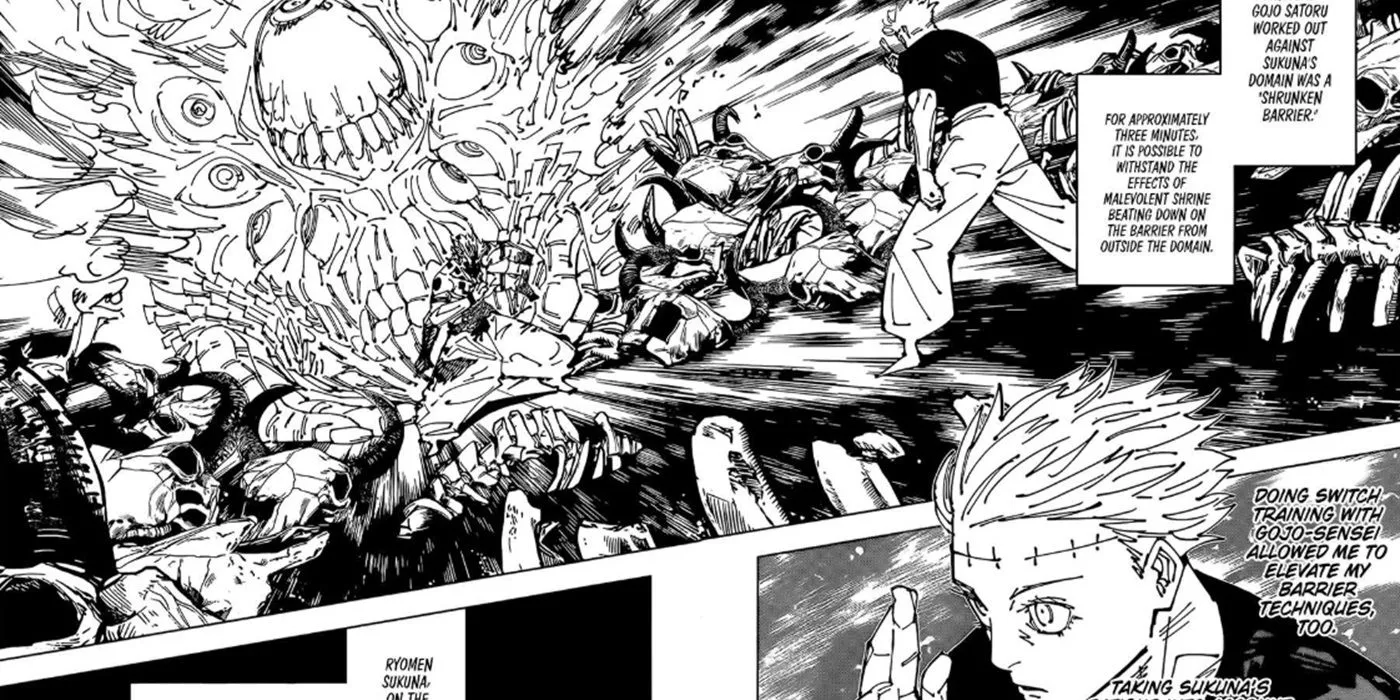
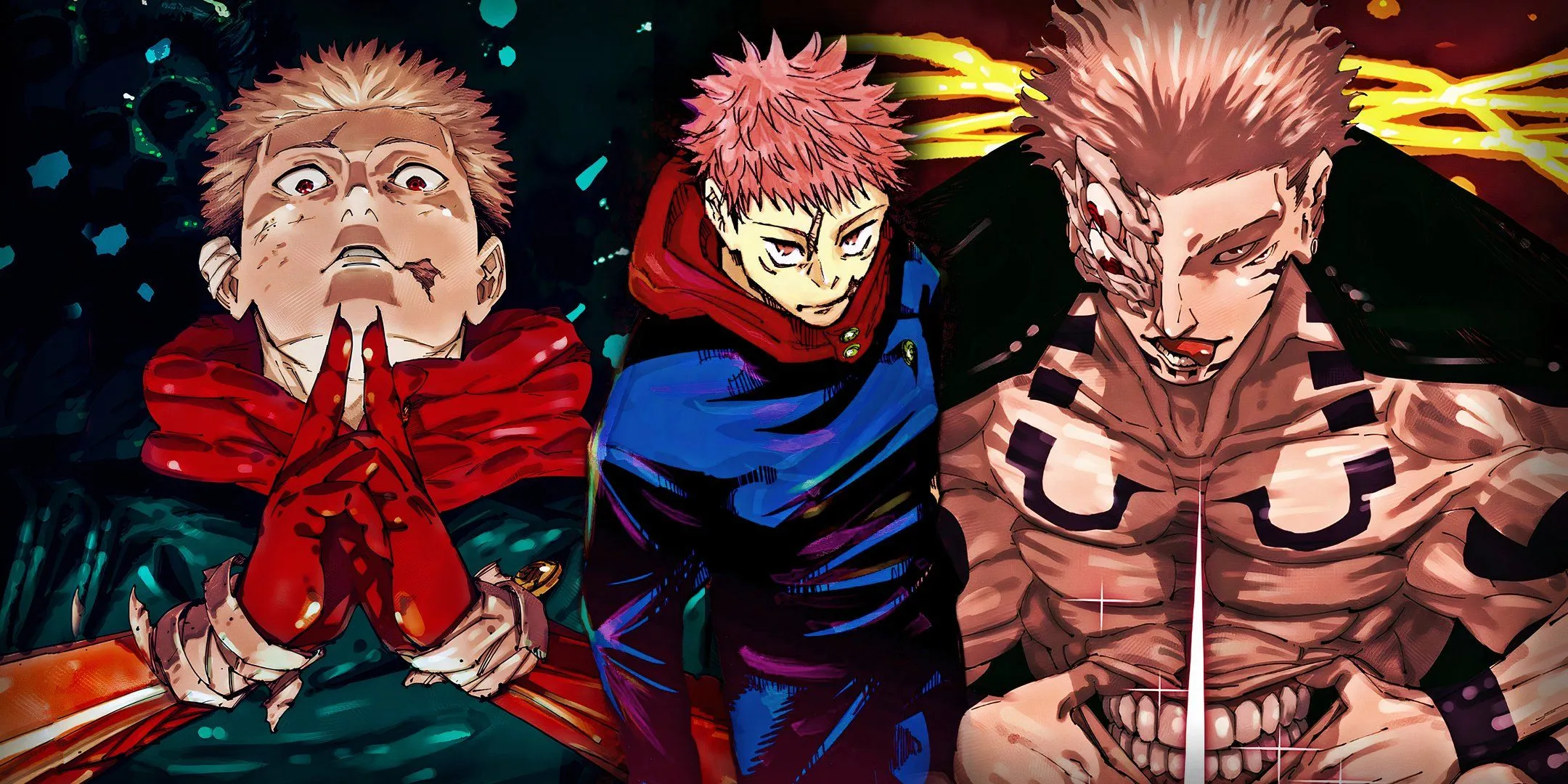
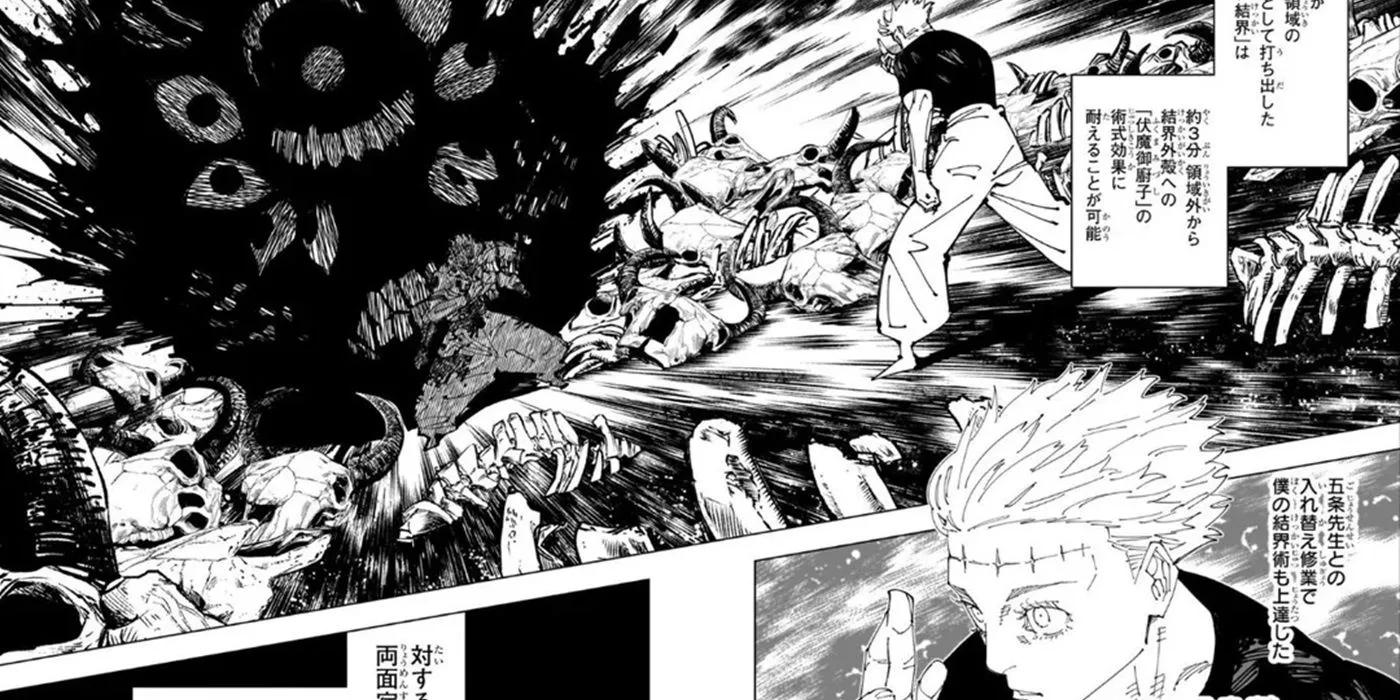
Throughout the serialization of Jujutsu Kaisen, Akutami’s artistic style transformed notably, particularly post-Shibuya Incident Arc, leading to less intricate and more rugged illustrations in the final chapters. Such changes are not unique to this series—they have been observed in others like Land of the Lustrous and Chainsaw Man, prompting discussion among fans. While the shift in Chainsaw Man is linked to a change in assistants, Akutami’s case appeared more severe, as he often produced incomplete chapters, sometimes presenting mere sketches.
The abruptness of chapter #262 highlights this issue, as it featured an abbreviated fight sequence between Yuta and Sukuna, stretching only seven pages. Fortunately, the updates in volumes #29 and #30 significantly improved this artwork, particularly in the depiction of Sukuna’s domain. Additionally, the new epilogue and supplementary pages, which granted a more satisfying conclusion for Choso, strongly suggest that Akutami’s inconsistency stemmed from production challenges tied to an overwhelming schedule. This phenomenon mirrors the challenges faced by other manga creators, like Tite Kubo during the finale of Bleach, when he similarly struggled against a demanding pace.
The Case for Adjusting Manga Schedules: Insights from Jujutsu Kaisen
How Rushed Final Chapters Affected Jujutsu Kaisen
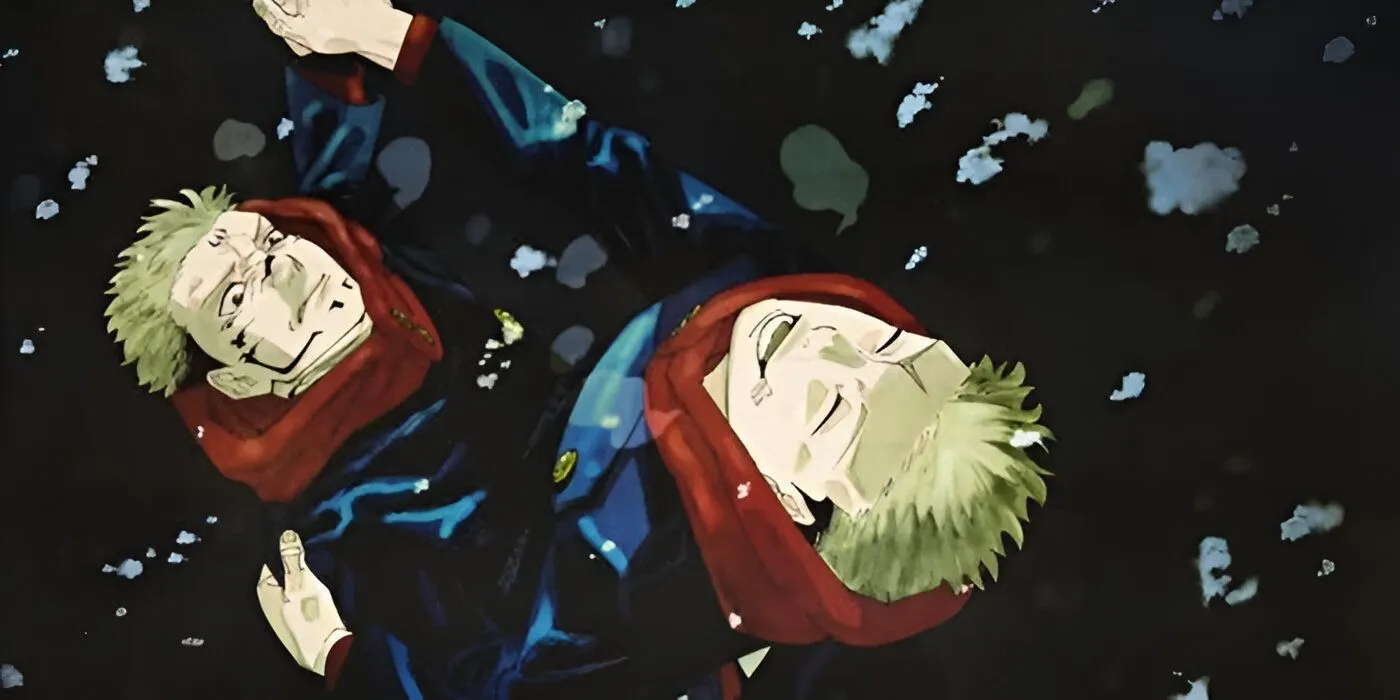
Weekly release schedules can impose significant physical and mental tolls on manga artists, often leading to health issues. A prime example is Hunter x Hunter creator Yoshihiro Togashi, whose ongoing back problems have forced him into prolonged hiatuses. Similarly, the author of Black Clover changed publication mediums to prioritize health, resulting in a resurgence of quality in storytelling. The mental pressures are acutely felt, which is evident in Akutami’s reflections about his own writing process.
I was, of course, pushing myself to the limits to pull out everything I could for my creations, and after about 3 years of serialization, my already rough personality began to become absentminded. – Gege Akutami, Jujutsu Kaisen Afterword.
Despite the rushed nature of Jujutsu Kaisen’s conclusion, the narrative still held potential for further exploration—key conflicts, like Hakari vs. Uraume and the complexities of Yuji’s domain expansion, deserved a more thoughtful exposition. Nevertheless, Akutami’s affection for his work remains apparent. He continued to reveal enriching details about the series’ universe in its final volumes. Moving forward, it is hoped that with an appropriate respite, Akutami will return rejuvenated, ready to craft another remarkable narrative.




Leave a Reply